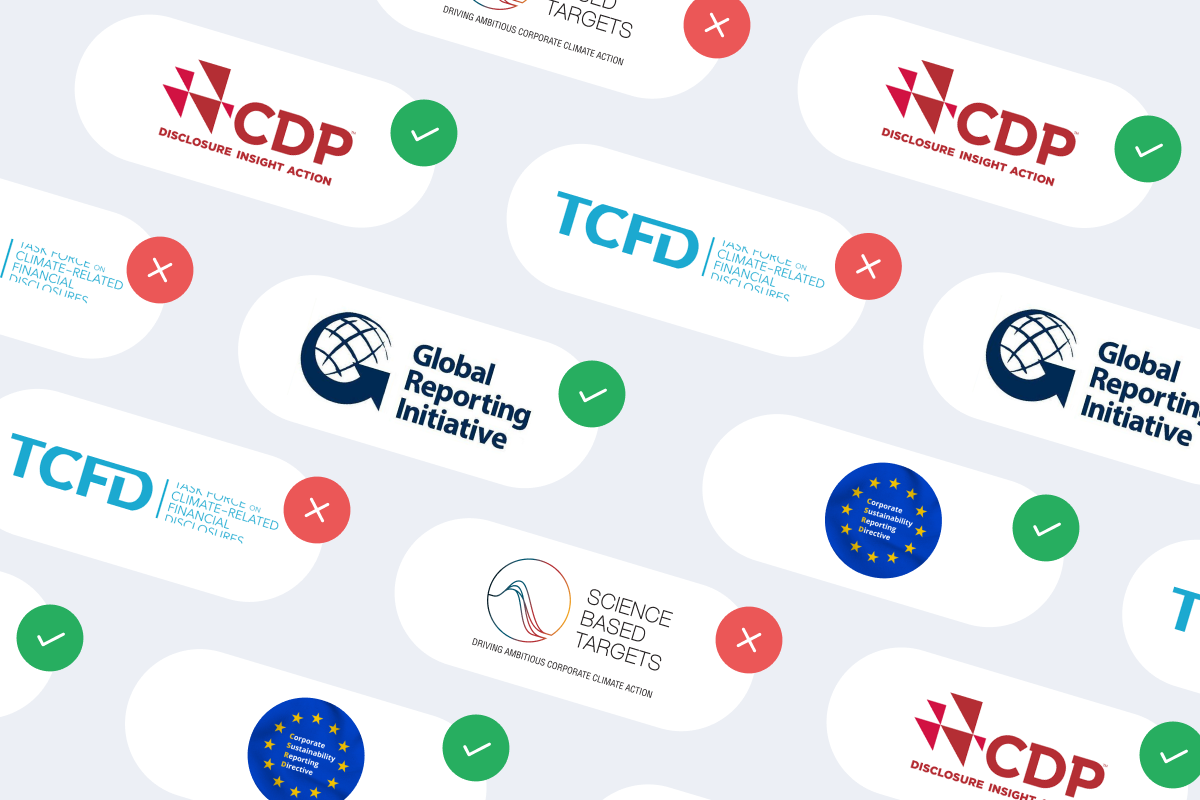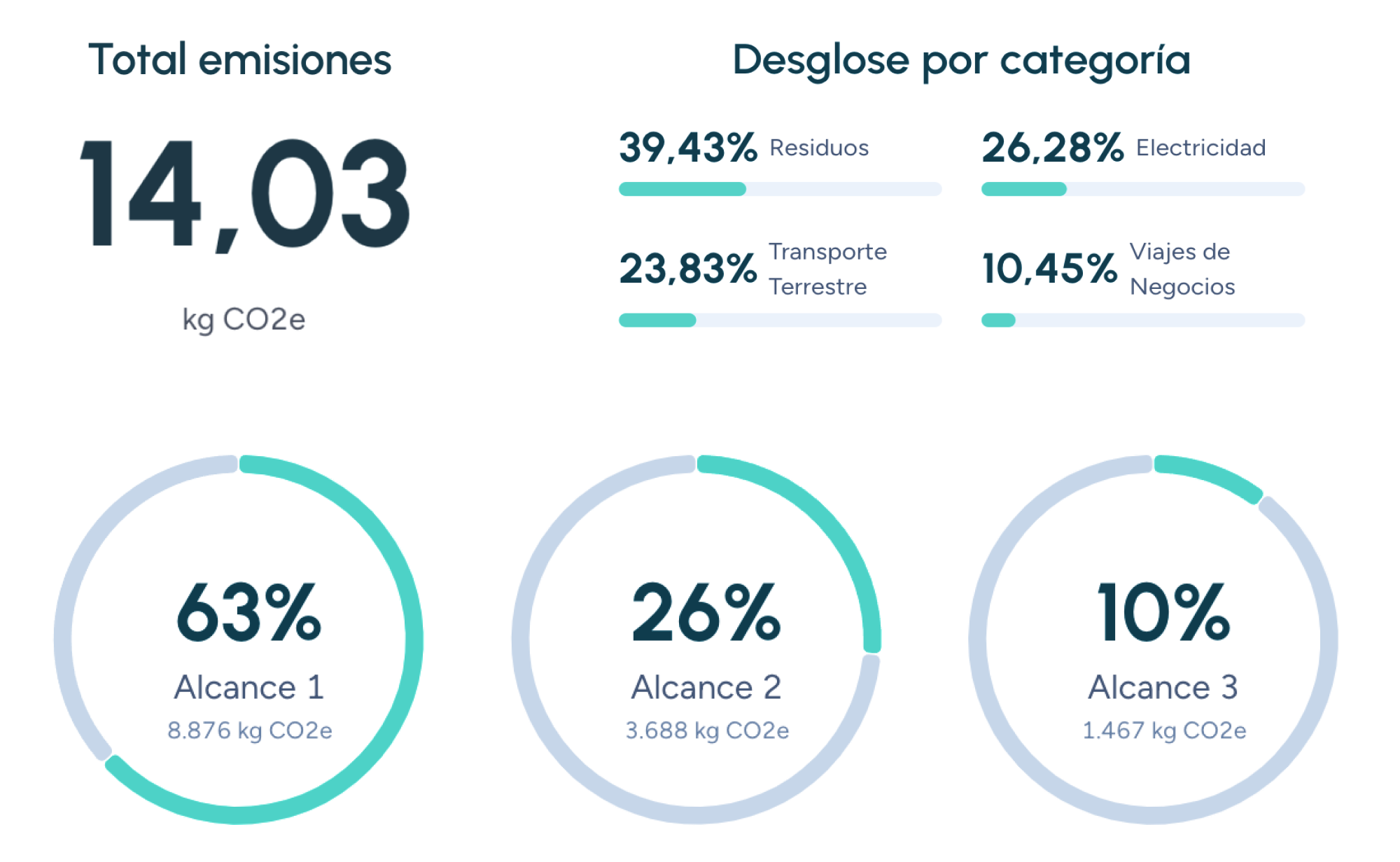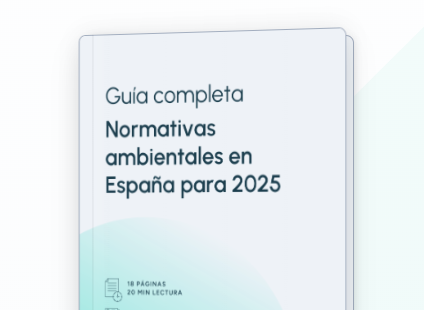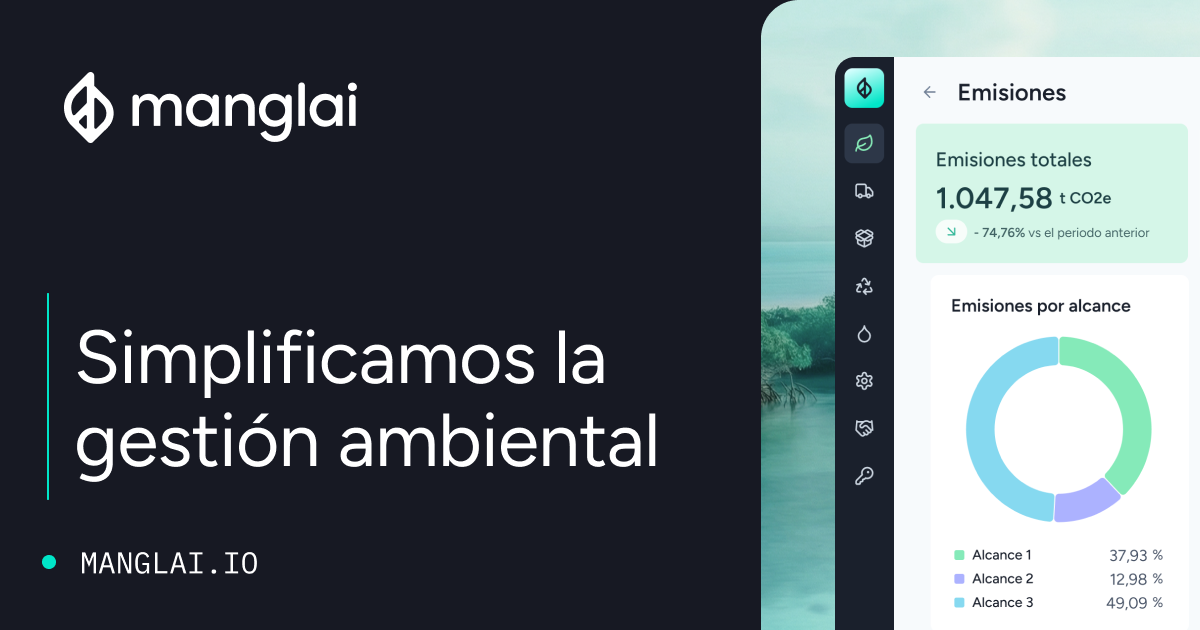C
Carbon Disclosure Project (CDP)
The CDP (formerly known as the Carbon Disclosure Project) has become an essential tool for measuring, managing, and communicating an organization’s environmental impact. Below, we explore what the CDP is, how it works, and why it is relevant to carbon footprint measurement.
What is the CDP (Carbon Disclosure Project)?
Founded in 2000, the CDP is an international nonprofit organization that operates a global environmental disclosure system. Its primary objective is to help businesses, cities, states, and regions measure and manage their environmental impact, focusing on key areas such as:
- Climate change
- Water security
- Deforestation
Through standardized questionnaires, the CDP collects detailed information on GHG emissions, climate risks, and corporate sustainability strategies.
The CDP is widely recognized as a global standard for environmental disclosure, and its data is used by investors, governments, and other stakeholders to assess corporate environmental performance. In 2023, over 18,700 organizations participated in the CDP disclosure system, reflecting its growing importance in the fight against climate change.
How does the CDP disclosure system work?
The CDP disclosure process is based on specific questionnaires designed to gather detailed insights into an organization’s environmental performance. These questionnaires focus on three main areas:
1. Climate change
This questionnaire evaluates:
- GHG emissions reporting
- Climate-related risks and opportunities
- Emission reduction strategies
Companies must report quantitative and qualitative data, including emission reduction targets and action plans.
2. Water security
The water security questionnaire analyzes how organizations manage water-related risks, such as scarcity or pollution, and how they promote sustainable water use.
3. Deforestation
This section focuses on supply chains linked to key commodities such as soy, palm oil, timber, and cattle. It evaluates corporate policies and practices to prevent deforestation.
Once companies submit their responses, the CDP evaluates them, assigning a score based on criteria such as transparency, data quality, and progress toward climate goals. The scores range from A (leadership) to D- (initial disclosure), allowing companies to benchmark their performance against industry peers.
Benefits of participating in the CDP (Carbon Disclosure Project)
Participating in the CDP disclosure system offers multiple benefits for companies, including:
1. Enhanced transparency and reputation
Disclosing environmental data through the CDP demonstrates a company’s commitment to sustainability, improving its reputation among investors, customers, and stakeholders. According to a CDP study (2021), 56% of companies that disclose environmental data reported an improvement in their corporate image.
2. Identification of risks and opportunities
The data collection and analysis process allows companies to identify climate risks, such as:
- Rising energy costs
- Resource scarcity
It also helps uncover opportunities for innovation, cost reduction, and decarbonization.
3. Access to capital and investments
Investors increasingly prioritize companies with strong environmental performance. CDP participation can enhance access to funding, as it signals that a company is effectively managing climate risks and aligning with sustainability goals.
4. Regulatory compliance
With growing environmental regulations, such as Spain’s Climate Change and Energy Transition Law, the CDP helps companies prepare for compliance and avoid potential penalties.
CDP’s role in the fight against climate change
Beyond corporate benefits, the CDP plays a crucial role in global climate action. By promoting transparency and accountability, it encourages organizations to adopt more sustainable practices and reduce emissions worldwide.
According to the CDP Annual Report (2022), companies participating in its disclosure system collectively reduced 1.8 billion tons of CO₂, equivalent to the annual emissions of 450 coal-fired power plants.
CDP (Carbon Disclosure Project) and Manglai’s solutions
For companies looking to optimize their CDP participation, tools like Manglai can provide valuable support.
For example, Manglai offers:
- Real-time carbon emission calculations
- Integration of data from key platforms
- Advanced analytics to streamline CDP reporting
Additionally, its customizable interactive dashboards offer a clear, detailed view of an organization’s environmental performance.
By leveraging Manglai’s solutions, companies can simplify their CDP reporting process, enhance data accuracy, and strengthen their sustainability strategies.
Companies that trust us

Carbon footprint certification
Discover what carbon footprint certification is, why it matters, the main international standards, and how your organization can obtain it. Reduce your environmental impact with Manglai.
Corporate Sustainability Due Diligence Directive (CSDDD)
The Corporate Sustainability Due Diligence Directive (CSDDD) is a legislative proposal by the European Union aimed at establishing legal obligations for companies to identify, prevent, and mitigate adverse impacts of their activities on human rights and the environment throughout their value chains.
Corporate Sustainability Reporting Directive (CSRD)
Discover the CSRD, the EU’s new directive on corporate sustainability reporting. Understand its impact on businesses, the disclosure requirements, and how Manglai can help you meet them.
Guiding businesses towards net-zero emissions through AI-driven solutions.
© 2025 Manglai. All rights reserved
Política de Privacidad


